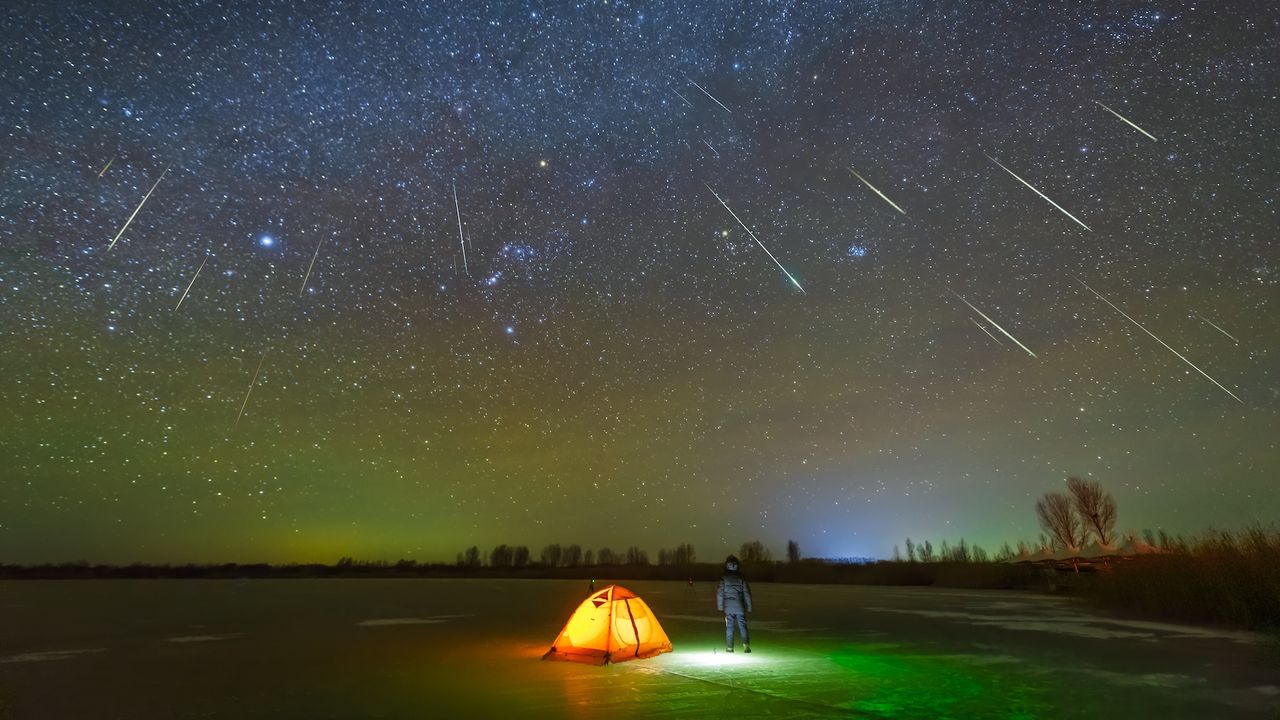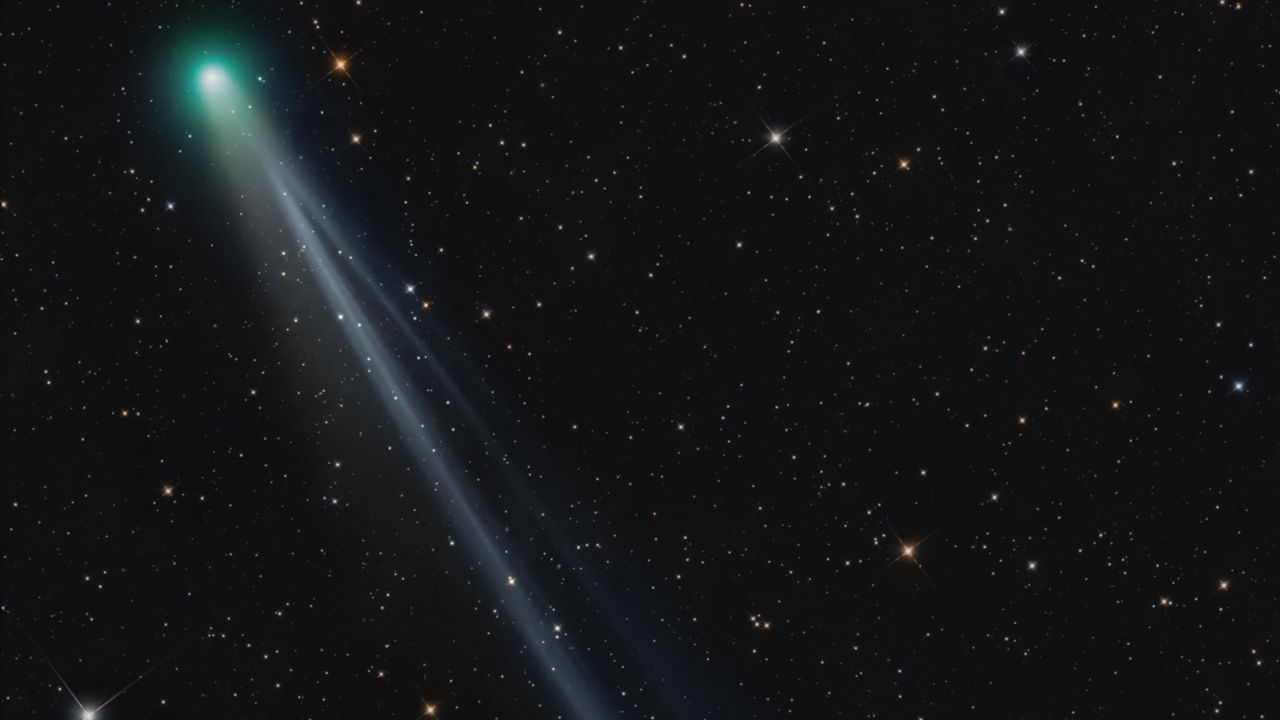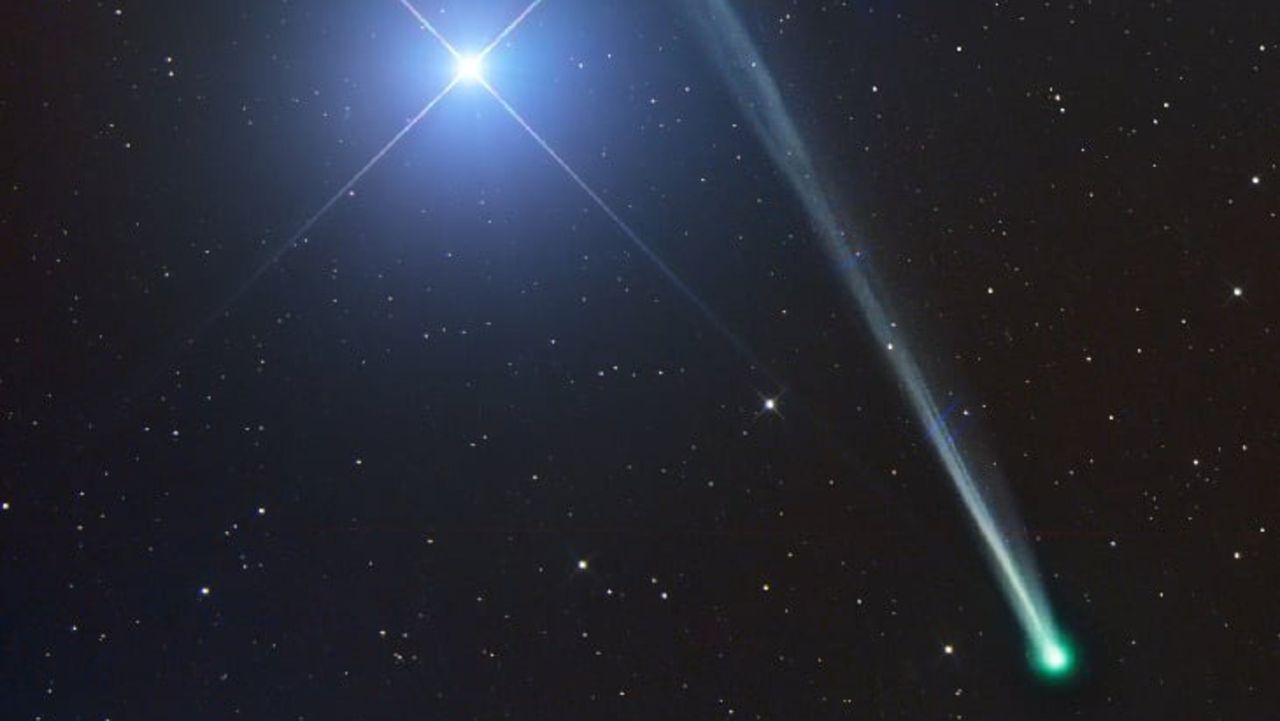Chasing comets: How to photograph comets Lemmon and 3I/ATLAS
PositiveScience

Photographing comets like Lemmon and 3I/ATLAS is an exciting opportunity for skywatchers and photography enthusiasts alike. These celestial visitors don't come around often, making it a special event when they do. Learning how to capture their beauty on camera not only enhances your photography skills but also connects you with the wonders of the universe. This guide provides tips and techniques to help you make the most of this rare astronomical event.
— Curated by the World Pulse Now AI Editorial System






